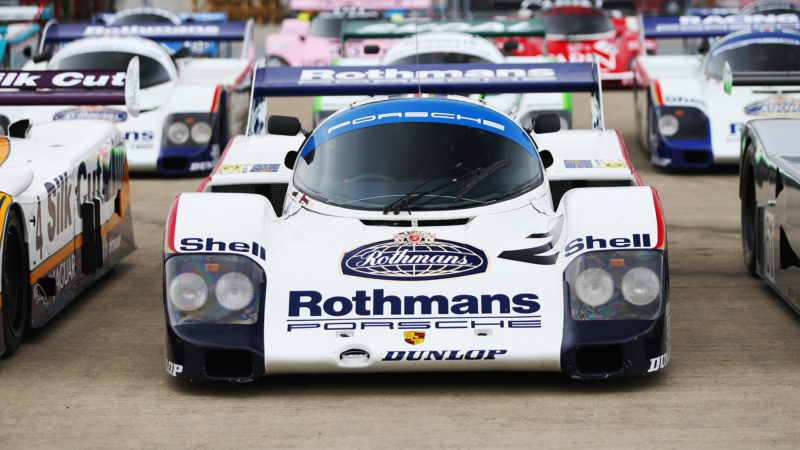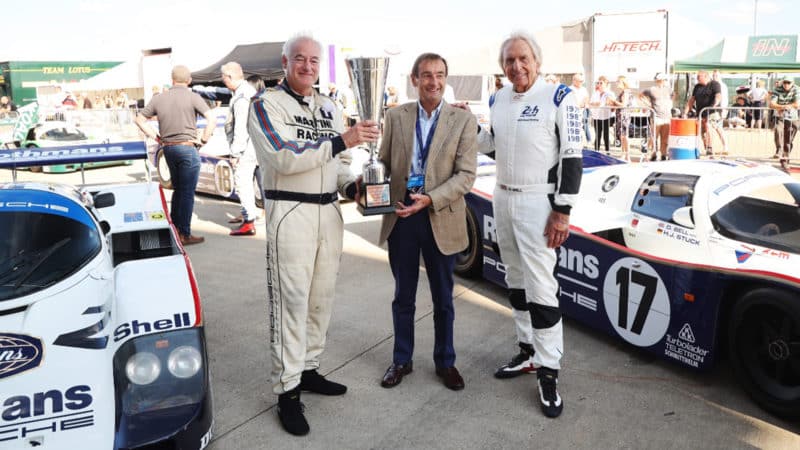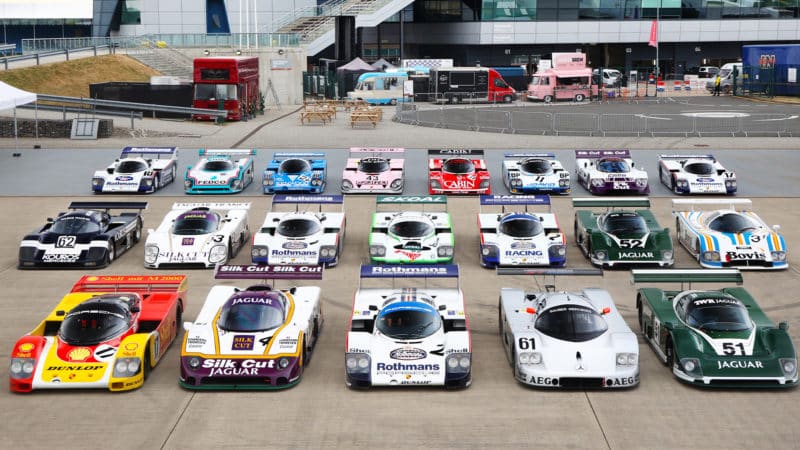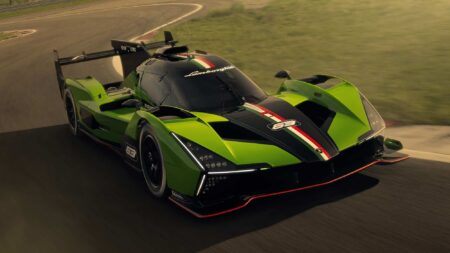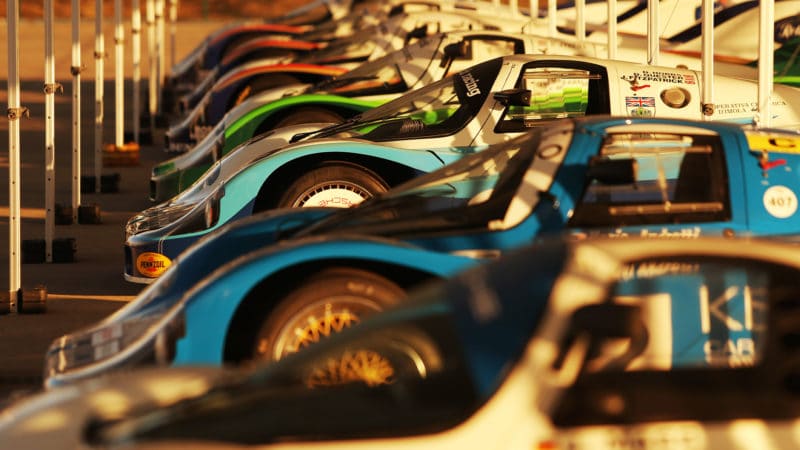BoP. The big beast with flappy ears and a long trunk that’s always present when we consider the new era – for better as well as for worse. On one hand, equalising different concepts of GTs to race each other on a supposedly level playing field is one thing, but should BoP really decide who wins Le Mans overall? On the other, it has for years, in the equivalency formula that was a core ingredient of the hybrid LMP1 era, so it’s probably way beyond time to be squeamish now. But what really causes a wrinkle of concern is, as those with skin in the new game readily admit, this era to come is completely reliant on trust in the regulators to get it right – and that’s what makes me nervous. Not that I’m suggesting any level of incompetence… Heaven forbid! Rather, that such faith creates an unfair expectation, on anyone in the chair. After all, would you want to be in the middle of all those manufacturers making the detailed calls on who gets what break ahead of Le Mans? No, me neither.
To compound my concern, the trust and sense of fair play stretches beyond the regulators to every competitor – as Porsche motor sport chief Thomas Laudenbach told me at the Goodwood Festival of Speed launch for the 963. “If we didn’t accept BoP I don’t think we would ever have what we are facing now,” he said. “If we want to have this convergence [of regulations] and cost control we have to accept BoP. Now we have to get it right.
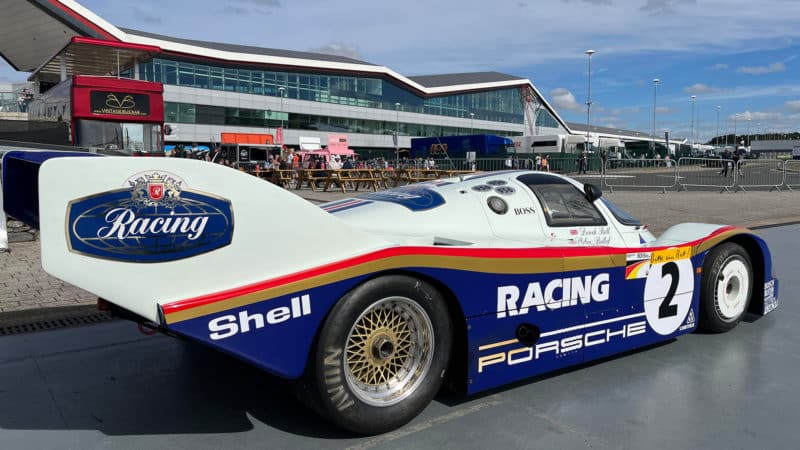
1987 Porsche 962 was piloted by Derek Bell at Silverstone
Damien Smith
“We have a certain trust in the sanctioning bodies, otherwise we wouldn’t participate. But to me every competitor has a responsibility to give his contribution. We have it in our hands together to get it right. Yes, it is not easy, that’s right. But I always want to look at it in a positive way, as a chance for a new era of endurance racing. All together we have to get it right so that everybody who comes to race can say ‘I had a fair chance to win’. Now we have got to make a perfect job.”
Perfection in motor sport? Sure, Max Verstappen and Red Bull came mighty close at Spa on Sunday, but in the context Laudenbach meant it’s a tall order. A faint alarm bell rang when he said those words a couple of months ago, and the more I think about them the louder it chimes. Yes, let’s be positive – that’s imperative. But still… I fear the potential for rules arguments turning into political battles and major fall-outs could well undermine much of the good work achieved so far.
Am I wrong to allow such creeping doubts to fester, before even a wheel has turned in anger? I hope so, I really do because there’s a new generation that has never seen sports car racing that has come close to the intensity of Group C.
